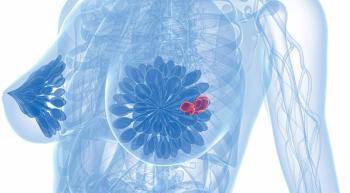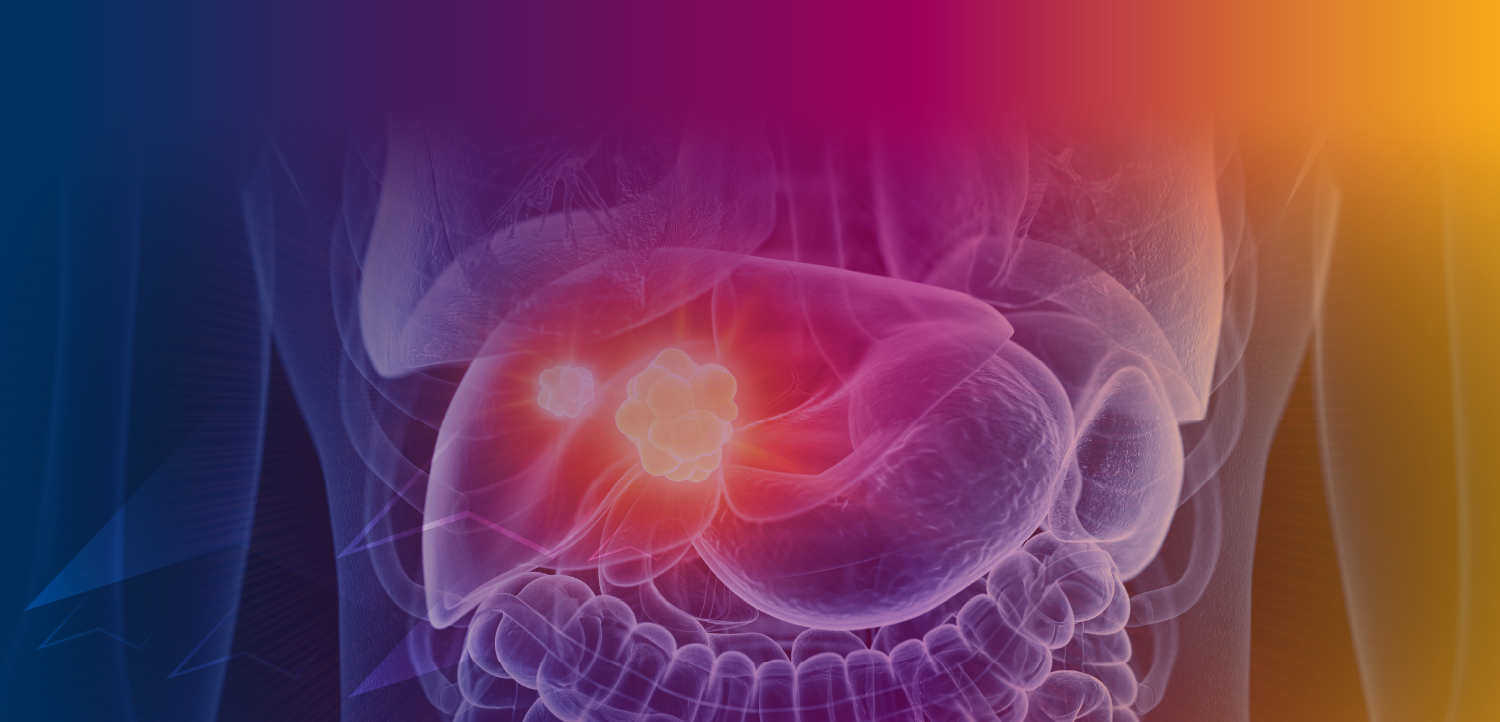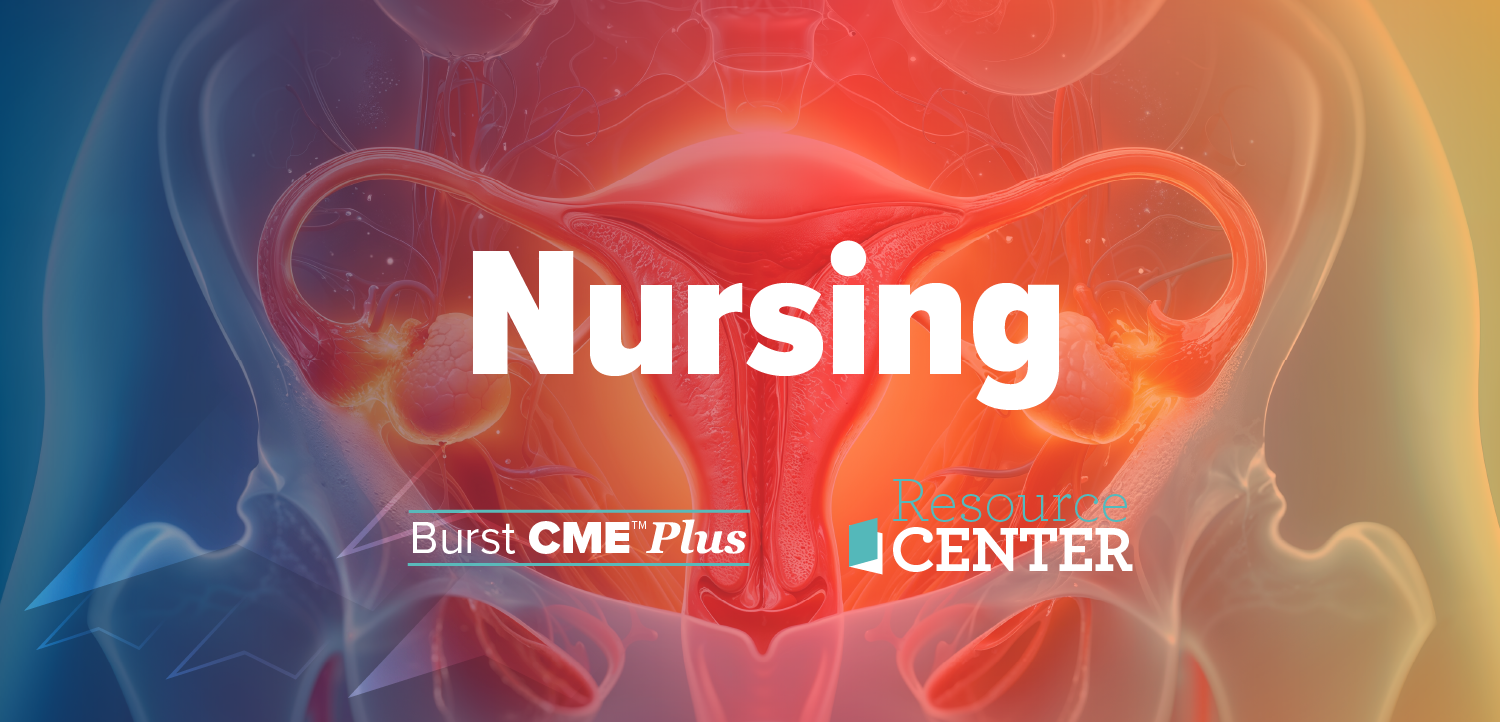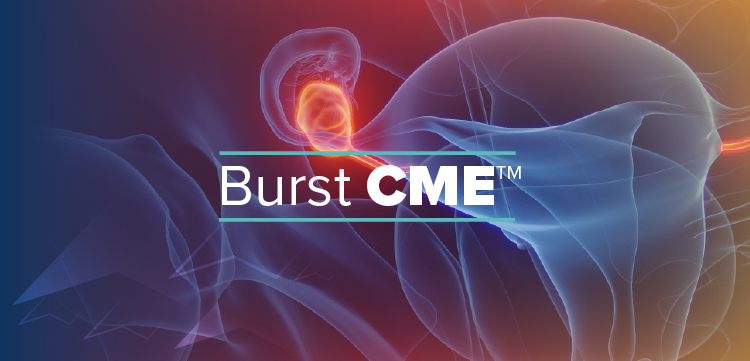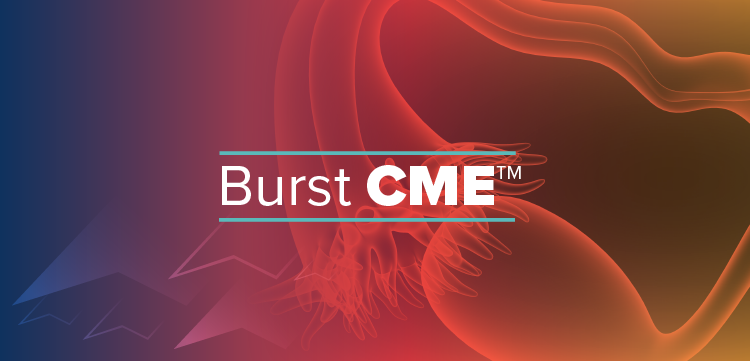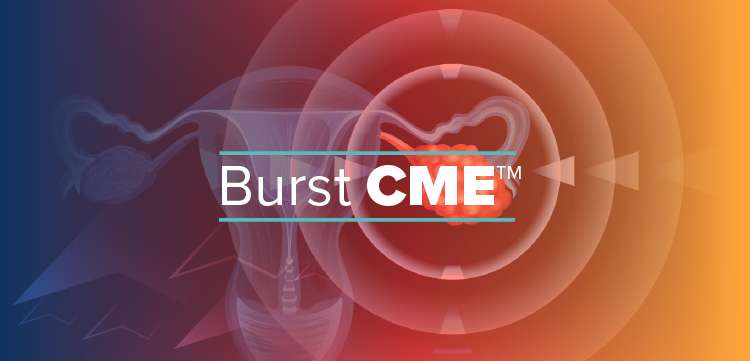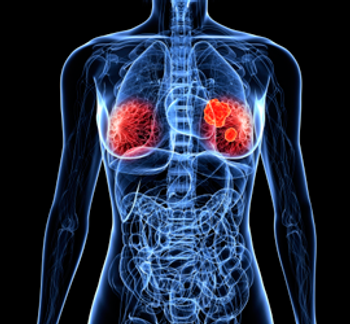
- ONCOLOGY Vol 11 No 10
- Volume 11
- Issue 10
Autogenous Tissue Breast Reconstruction Seems to Provide Better Psychological Outcomes
Women who choose breast reconstruction with autogenous tissue rather than an implant may experience better psychosocial
Women who choose breast reconstruction with autogenous tissue rather than an implant may experience better psychosocial outcomew, according to a study presented at the 1997 meeting of the American Society of Plastic and Reconstructive Surgeons (ASPRS) in San Francisco.
The prospective study, Part I of the Michigan Breast Reconstruction Outcome Study, was designed to measure the psychosocial outcomes of postmastectomy breast reconstruction. It includes evaluations of patients before and after reconstruction. Past research has been only retrospective, and did not include preoperative evaluation.
This new information strongly suggests that breast reconstruction makes a substantial contribution to the quality of a womans life, said Edwin G. Wilkins, MD, associate professor of surgery, University of Michigan, section of plastic surgery, and one of the authors of the study. This needs to be a health benefit for American women.
The 99 consecutive patients evaluated at 14 institutions selected either an implant or transverse rectus abdominis myocutaneous (TRAM) flap reconstruction. Participants were administered quality of life questionnaires, including the Medical Outcome Study Short Form and the Functional Assessment of Cancer Therapy (FACT) questionnaire both before surgery and again one year afterward.
Improved Outcomes
A comparison of test results revealed that both the implant and TRAM flap patients showed statistically significant gains in psychosocial well-being in the areas of physical, social, and emotional functioning; general mental health; and vitality.
The TRAM flap patients also showed significant increases in the ability to feel like a woman, improved body image, increased satisfaction with the fit of their clothing, and overall feelings of being whole and attractive, as compared to the implant patients.
We wanted to know if the psychosocial outcomes would be better if the womans own tissue was used in reconstruction, rather than an implant, said Dr. Wilkins. While the TRAM flap patients had better outcomes, both groups made significant gains. The most important point is that breast reconstruction works for women who have had mastectomies.
The TRAM flap patients also noted more pain and tightness in the abdomen but less breast pain than the implant group. The two groups showed no statistically significant differences in general health, physical functioning, and overall discomfort based on the type of reconstructive procedure.
Articles in this issue
about 28 years ago
Vinorelbine in Non-Small-Cell Lung Cancerabout 28 years ago
Paclitaxel and Vinorelbine in Non-Small-Cell Lung Cancerabout 28 years ago
Safety Data From North American Trials of Vinorelbineabout 28 years ago
Cisplatin Alone vs Cisplatin Plus Vinorelbine in Stage IV NSCLCabout 28 years ago
Current Management of Unresectable Non-Small-Cell Lung Cancerabout 28 years ago
The Economics of Prostate Cancer ScreeningNewsletter
Stay up to date on recent advances in the multidisciplinary approach to cancer.





